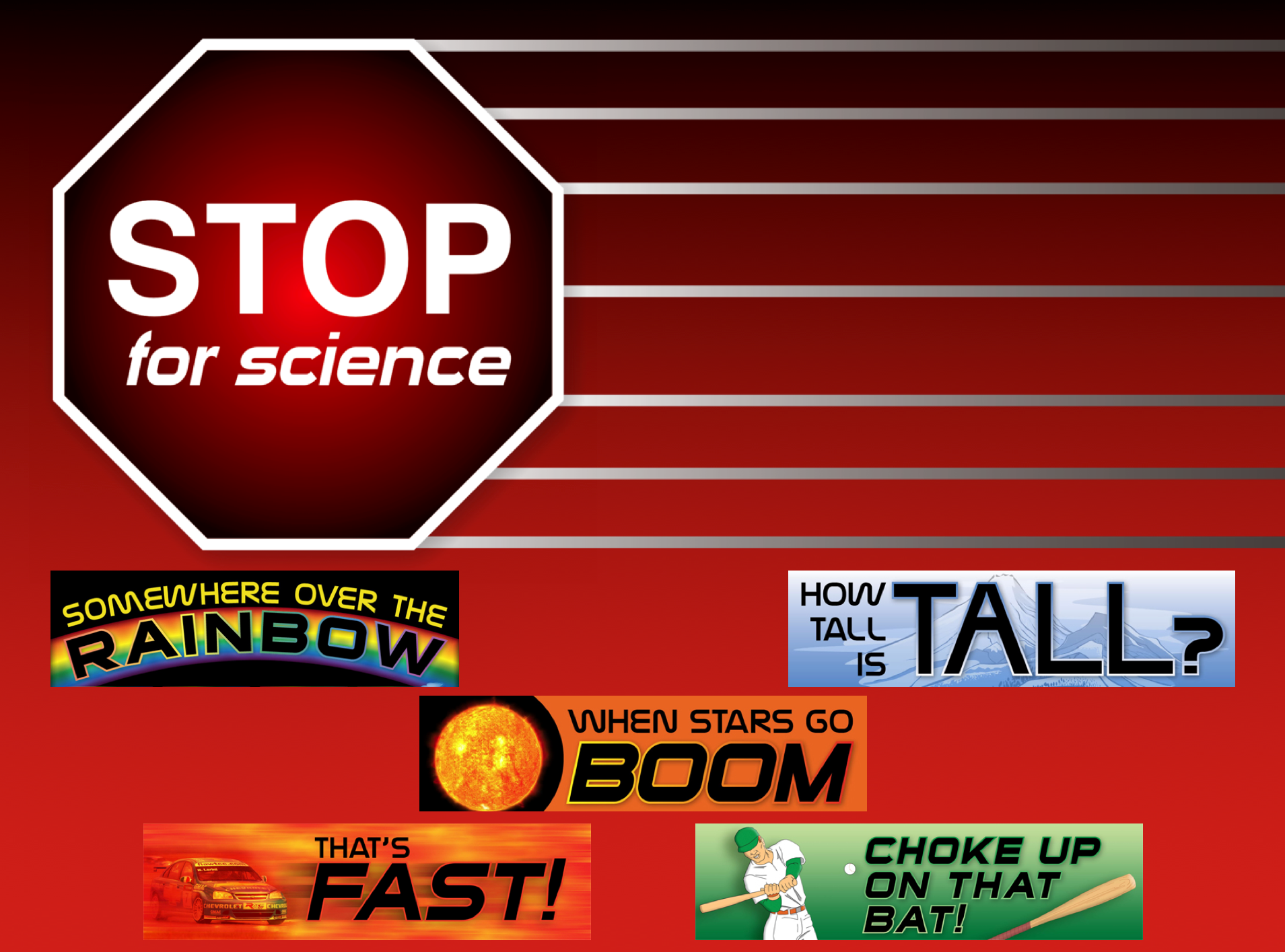 While my position does not include any direct classroom opportunities,
my strong interest in education has been greatly fulfilled through
research work with students and postdocs. I've supervised the
research activities of a large number of undergraduate students,
some resulting in junior or senior thesis projects, and some in
publications. Many of these students have continued on through
graduate school, and into astronomy careers. We still cross paths
at meetings, which always reminds me of the fun we had while working
on these projects.
While my position does not include any direct classroom opportunities,
my strong interest in education has been greatly fulfilled through
research work with students and postdocs. I've supervised the
research activities of a large number of undergraduate students,
some resulting in junior or senior thesis projects, and some in
publications. Many of these students have continued on through
graduate school, and into astronomy careers. We still cross paths
at meetings, which always reminds me of the fun we had while working
on these projects.
I've also supervised the work of a half-dozen postdocs, from whom
I may well have learned as much as I taught. They all kept me amazed
at their wealth of ideas as we pursued projects that have developed
into long-term areas of research, particularly with Dan Patnaude,
with whom I continue to work closely today.
Particularly rewarding in these educational endeavors has
been my work with graduate students, four of whom I have guided through
their PhD work: Yosi Gelfand (with colleague Bryan Gaensler), Tea
Temim, Daniel Castro, and Katie Auchettl. We remain close colleagues
today, leading each other into deeper and new areas of research.
All of these students and postdocs have helped remind me of
why I started my career as a teacher, and perhaps my work with
them has paid adequate homage to those who led me through my years of
education.

Because I started my career in a classroom, I have a particular
connection to both students and teachers. I've rarely turned
down the opportunity for classroom visits, whether with 2nd graders
or 2nd year undergraduates. I've organized school science nights
where we've studied astronomy or investigated the physics of sound
and music, and have given presentations in workshops for teachers.
There are few things more gratifying than questioning hands jutting
into the air in a group of young students, or than teachers staying
long after a workshop is over to ponder ideas for their classes.
A particularly exciting outgrowth of these activities has been the
development of the "STOP
for Science!" enrichment program for elementary and middle
schools. Materials for this the program have been requested by over
250 schools distributed across 41 states, and also in multiple
countries. The program was presented in workshops at several meetings
of the National Science Teachers Association, and was developed in
partnership with my brother Bob, an elementary school principal
(leading to what I believe to be the only Slane,
Slane, et al. publication.)
Through efforts with the EPO group at the Chandra X-ray Center,
a series of accompanying podcasts were also created for the program.
Not to be missed is the entertaining discussion on multiwavelength
astronomy with colleague Igor Lovchinsky, a renowned pianist
and superb physicist.
There are few science areas that captivate the public like astronomy.
From studies of black holes and stellar explosions to descriptions
of telescopes in space, the topics find audiences eager to take in
all that can be shared. As scientists, the opportunity to present
our work, and the broader work of our colleagues, to public audiences
ranging in age from school children to senior citizens can be as
rewarding as the research work itself. I have provided public talks
on various aspects of astronomy at science centers, planetariums,
and universities distributed around the country, including opportunities
as a Harlow
Shapley Visiting Lecturer of the American Astronomical Society.
Particularly entertaining (at least for me) is my talk "Because
the World is Round" that melds the left and right sides of my
brain to combine the music of astrophysics with the beauty and
clarity of The Beatles (or vice versa). Also of significant interest
is the public outreach program "Here,
There, and Everywhere," for which I was the science lead, and
which uses everyday physics examples to extends the concepts to the
larger scales of the Universe.

Podcasts
Filmed Appearances
Other Media
 While my position does not include any direct classroom opportunities,
my strong interest in education has been greatly fulfilled through
research work with students and postdocs. I've supervised the
research activities of a large number of undergraduate students,
some resulting in junior or senior thesis projects, and some in
publications. Many of these students have continued on through
graduate school, and into astronomy careers. We still cross paths
at meetings, which always reminds me of the fun we had while working
on these projects.
While my position does not include any direct classroom opportunities,
my strong interest in education has been greatly fulfilled through
research work with students and postdocs. I've supervised the
research activities of a large number of undergraduate students,
some resulting in junior or senior thesis projects, and some in
publications. Many of these students have continued on through
graduate school, and into astronomy careers. We still cross paths
at meetings, which always reminds me of the fun we had while working
on these projects. 
